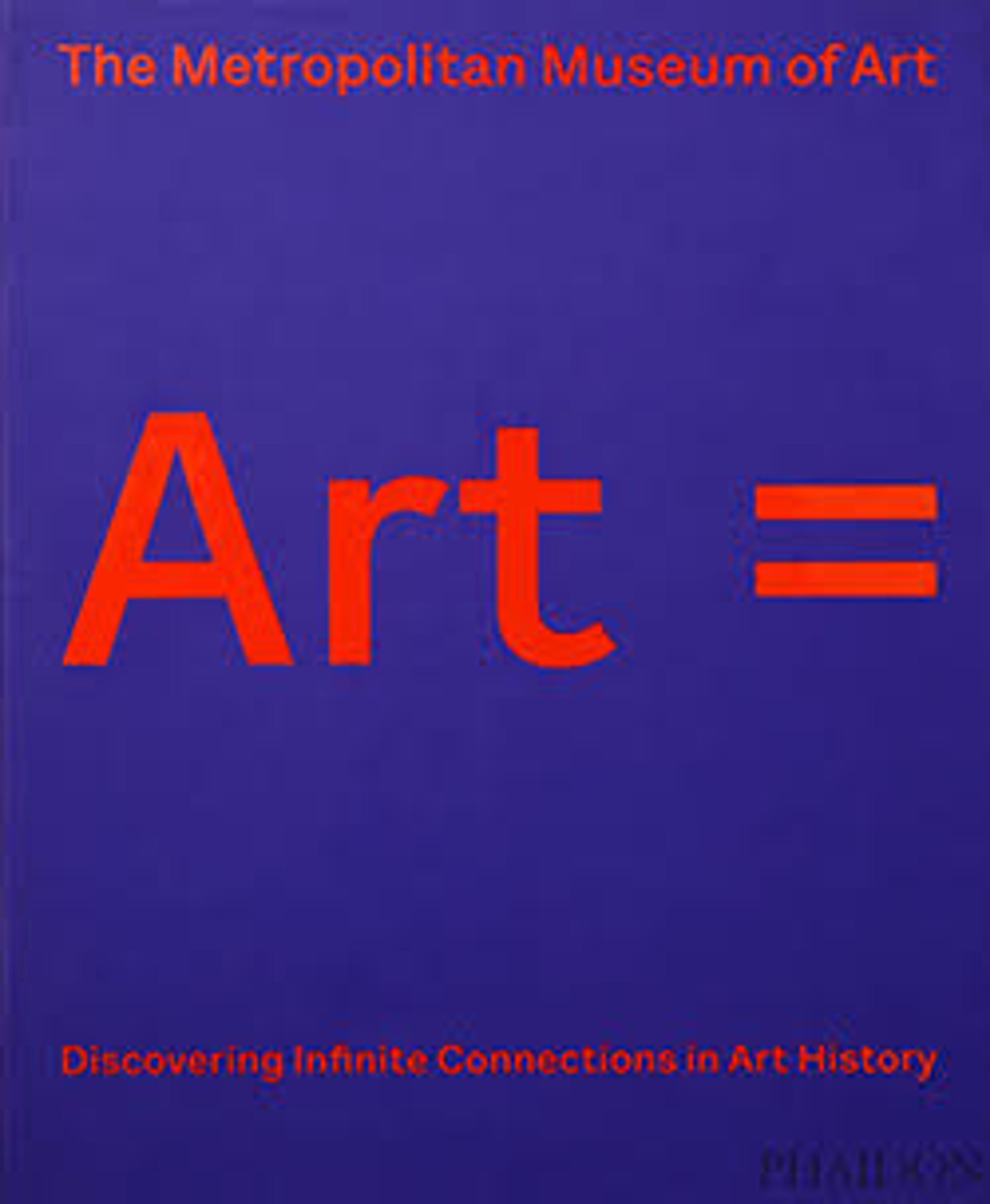English
Human-headed winged lion (lamassu)
From the ninth to the seventh century B.C., the kings of Assyria ruled over a vast empire centered in northern Iraq. The great Assyrian king Ashurnasirpal II (r. 883–859 B.C.), undertook a vast building program at Nimrud, ancient Kalhu. Until it became the capital city under Ashurnasirpal, Nimrud had been no more than a provincial town.
The new capital occupied an area of about nine hundred acres, around which Ashurnasirpal constructed a mudbrick wall that was 120 feet thick, 42 feet high, and five miles long. In the southwest corner of this enclosure was the acropolis, where the temples, palaces, and administrative offices of the empire were located. In 879 B.C. Ashurnasirpal held a festival for 69,574 people to celebrate the construction of the new capital, and the event was documented by an inscription that read: "the happy people of all the lands together with the people of Kalhu—for ten days I feasted, wined, bathed, and honored them and sent them back to their home in peace and joy."
The so-called Standard Inscription that ran across the surface of most of the reliefs described Ashurnasirpal's palace: "I built thereon [a palace with] halls of cedar, cypress, juniper, boxwood, teak, terebinth, and tamarisk [?] as my royal dwelling and for the enduring leisure life of my lordship." The inscription continues: "Beasts of the mountains and the seas, which I had fashioned out of white limestone and alabaster, I had set up in its gates. I made it [the palace] fittingly imposing." Among such stone beasts is the human-headed, winged lion pictured here. The horned cap attests to its divinity, and the belt signifies its power. The sculptor gave these guardian figures five legs so that they appear to be standing firmly when viewed from the front but striding forward when seen from the side. Lamassu protected and supported important doorways in Assyrian palaces.
The new capital occupied an area of about nine hundred acres, around which Ashurnasirpal constructed a mudbrick wall that was 120 feet thick, 42 feet high, and five miles long. In the southwest corner of this enclosure was the acropolis, where the temples, palaces, and administrative offices of the empire were located. In 879 B.C. Ashurnasirpal held a festival for 69,574 people to celebrate the construction of the new capital, and the event was documented by an inscription that read: "the happy people of all the lands together with the people of Kalhu—for ten days I feasted, wined, bathed, and honored them and sent them back to their home in peace and joy."
The so-called Standard Inscription that ran across the surface of most of the reliefs described Ashurnasirpal's palace: "I built thereon [a palace with] halls of cedar, cypress, juniper, boxwood, teak, terebinth, and tamarisk [?] as my royal dwelling and for the enduring leisure life of my lordship." The inscription continues: "Beasts of the mountains and the seas, which I had fashioned out of white limestone and alabaster, I had set up in its gates. I made it [the palace] fittingly imposing." Among such stone beasts is the human-headed, winged lion pictured here. The horned cap attests to its divinity, and the belt signifies its power. The sculptor gave these guardian figures five legs so that they appear to be standing firmly when viewed from the front but striding forward when seen from the side. Lamassu protected and supported important doorways in Assyrian palaces.
Artwork Details
- Title: Human-headed winged lion (lamassu)
- Period: Neo-Assyrian
- Date: ca. 883–859 BCE
- Geography: Mesopotamia, Nimrud (ancient Kalhu)
- Culture: Assyrian
- Medium: Gypsum alabaster
- Dimensions: H. 122 1/2 x W. 24 1/2 x D. 109 in., 15999.8 lb. (311.2 x 62.2 x 276.9 cm, 7257.4 kg)
- Credit Line: Gift of John D. Rockefeller Jr., 1932
- Object Number: 32.143.2
- Curatorial Department: Ancient West Asian Art
Audio
901. Kids: Reliefs from the Palace of Ashurnasirpal II
0:00
0:00
We're sorry, the transcript for this audio track is not available at this time. Please email info@metmuseum.org to request a transcript for this track.
More Artwork
Research Resources
The Met provides unparalleled resources for research and welcomes an international community of students and scholars. The Met's Open Access API is where creators and researchers can connect to the The Met collection. Open Access data and public domain images are available for unrestricted commercial and noncommercial use without permission or fee.
To request images under copyright and other restrictions, please use this Image Request form.
Feedback
We continue to research and examine historical and cultural context for objects in The Met collection. If you have comments or questions about this object record, please contact us using the form below. The Museum looks forward to receiving your comments.
